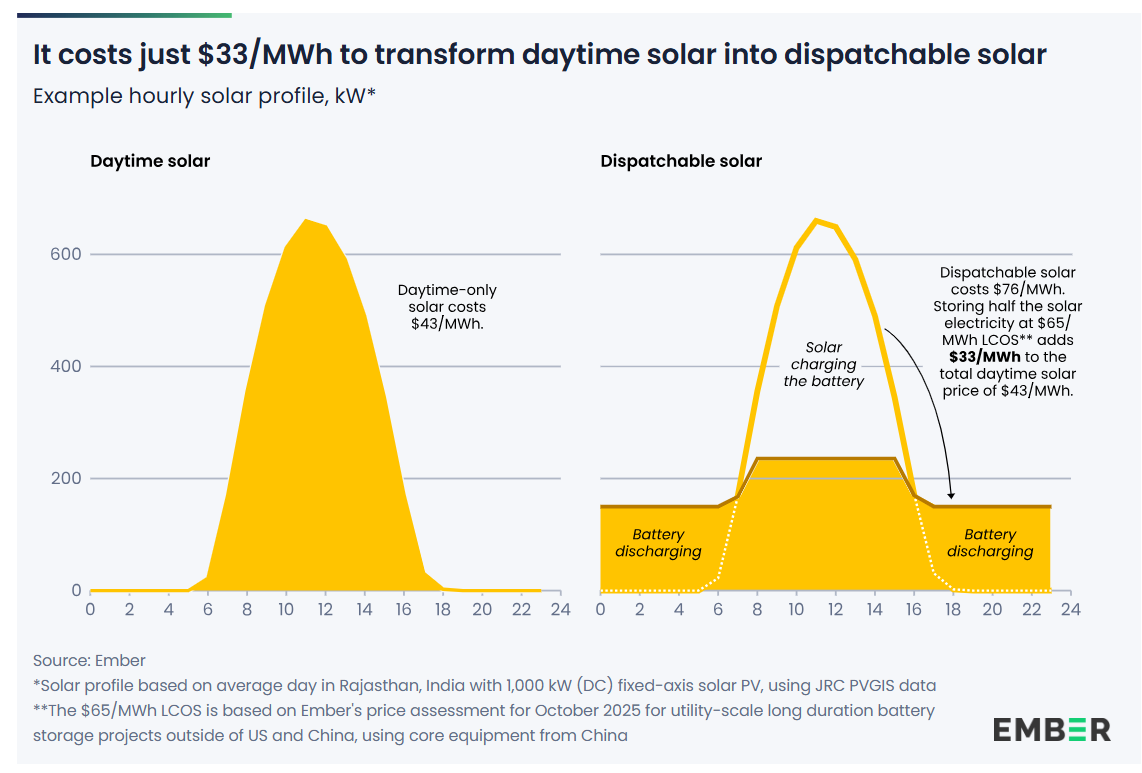The perilous nature of oil-dependency has once again been demonstrated by the escalating crisis in the Gulf since U.S. president Donald Trump ordered the drone attack in the early hours of Friday which killed top Iranian general Qassem Suleimani.
Antonio Delgado, founder and CEO of energy forecasting company AleaSoft today told pv magazine the price of Brent crude could rocket as high as $100 per barrel (bbl) if the escalating political crisis sees the Strait of Hormuz closed to oil tanker traffic.
With the price of Brent having closed at $68.60 on Friday, according to AleaSoft, Delgado said the level rose further today. “The intra-day [price] for the month of March on the ICE [intercontinental exchange] market has arrived today … to $70.73/bbl at some point,” said the AleaSoft CEO. “Everything seems to indicate that this price increase of Brent will continue to rise, reaching up to $80/bbl if the escalation continues. If there is war and the Strait of Hormuz closes – [the point] where more than 20% of the oil traded worldwide transits – the price of Brent could exceed $100/bbl, reaching prices not seen since 2015.”
Unexpected consequences
A rising oil price could be good news for alternative energy sources, including solar, although the picture may not be quite so simple in the event of a prolonged crisis, according to Delgado.
“This situation would bring a world economic crisis of unsuspected consequences,” added the energy consultant. “The price of gas would also rise in markets and also in contracts indexed by Brent. The prices of the European electricity markets would rise in a generalized way.
“Economic crises are not good for investments in general. In the case of PV, high fuel prices and high electricity market prices can be an incentive factor for PV investments in the short and medium term. If, in 2050 in Europe, you want to reduce CO2 emissions to a minimum, the only way is by encouraging investments in renewable energy, and especially PV energy.”
pv magazine’s Emiliano Bellini is conducting an ongoing series of interviews with analyst Indra Overland about how the energy transition is likely to alter geopolitical balances around the globe. Overland, head of the Center for Energy Research at the Norwegian Institute for International Affairs, has spoken of the effects of reducing global dependency on oil and gas – and the states which produce them.
Regional instability
The latest crisis to engulf the Middle East would appear to bear out some of the professor’s predictions and today he told pv magazine: “The level of instability and unpredictability in the Middle East is astounding. The only thing that seems to be stable in the region is instability – thanks to both local and external actors.
“With 21 million barrels of oil per day, and over 4 trillion cubic meters of natural gas per year being shipped through the Strait of Hormuz, this instability is a major disadvantage for the world energy supply, both in terms of price and in terms of energy security. This is a big minus for oil and gas, and it will only grow as electrification of transport accelerates, pitting renewables directly against oil.
“Most actors have no understanding of how fast electrification is going to start moving over the coming two years. It will enable steadily cheaper solar panels to compete on an entirely new level against oil, which will still be hobbled by Middle Eastern wars as well as growing carbon taxes.”
This content is protected by copyright and may not be reused. If you want to cooperate with us and would like to reuse some of our content, please contact: editors@pv-magazine.com.








By submitting this form you agree to pv magazine using your data for the purposes of publishing your comment.
Your personal data will only be disclosed or otherwise transmitted to third parties for the purposes of spam filtering or if this is necessary for technical maintenance of the website. Any other transfer to third parties will not take place unless this is justified on the basis of applicable data protection regulations or if pv magazine is legally obliged to do so.
You may revoke this consent at any time with effect for the future, in which case your personal data will be deleted immediately. Otherwise, your data will be deleted if pv magazine has processed your request or the purpose of data storage is fulfilled.
Further information on data privacy can be found in our Data Protection Policy.